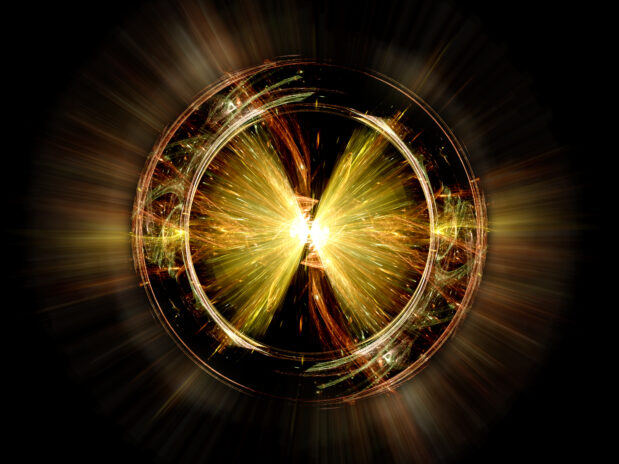Testing General Relativity’s Fundamental Assumptions
Imagine an architect sitting down to design a building and starting the process by verifying that all objects fall to the ground.
Then the architect engages in numerous detailed tests to confirm gravity’s action. Why bother? It sounds ludicrous to test such an obvious and essential assumption.
However, scientists continue to perform a similar kind of testing on arguably the best-established scientific theory—the theory of general relativity. When Einstein first developed general relativity, he started with two fundamental assumptions. The first, which seems self-evident, states that the laws of physics do not depend on location or motion. Scientists refer to this principle as Lorentz invariance. The second assumption, which is not so obvious, was that the speed of light is the same regardless of one’s frame of reference.
At least in modern times, it seems ludicrous to think that the laws of physics change based on where you are or how you move. Yet scientists continue to search for evidence of such changes. The most recent example of such a search was highlighted in the Physical Review Letters. Using two different setups, one in Perth, Australia, and the other in Berlin, Germany, a team of scientists performed sensitive experiments to detect any hint that the laws of physics might change based on how the detectors moved. No changes were observed. In fact, the constraints on 14 different parameters characterizing Lorentz invariance were tightened anywhere from a factor of 3 to 50!
While it might seem strange to those outside physics, such testing of fundamental assumptions is commonplace within the physics community. In fact, many scientists hope for some evidence indicating general relativity is wrong, because such evidence would open up abundant avenues for research. Until such evidence presents itself, the scientific evidence for general relativity’s validity continues to grow stronger. And so does the case for a supernatural Creator, which derives from general relativity’s implications.
For a related discussion of testing fundamental assumptions, see Fuz Rana’s TRNTB entry tomorrow.






